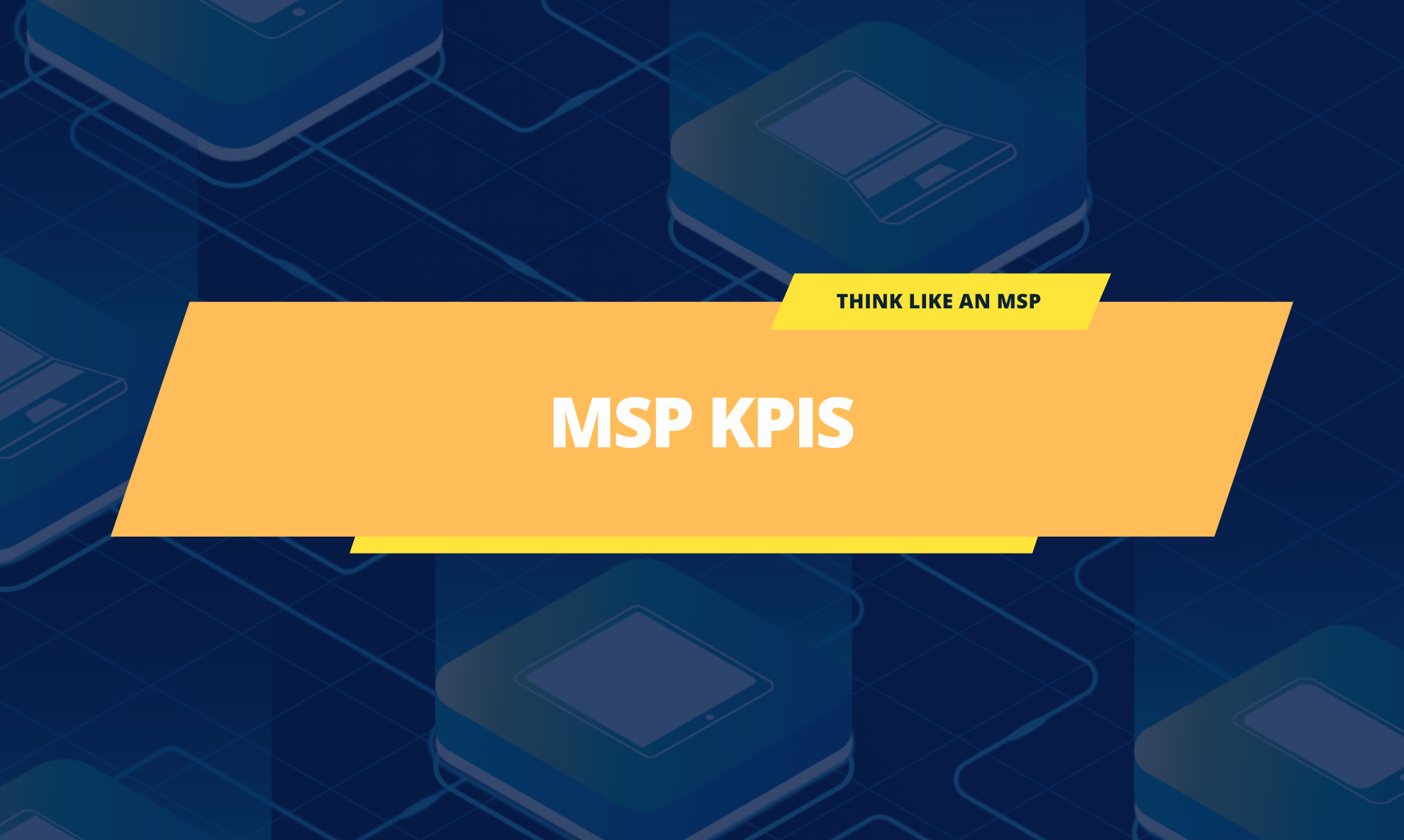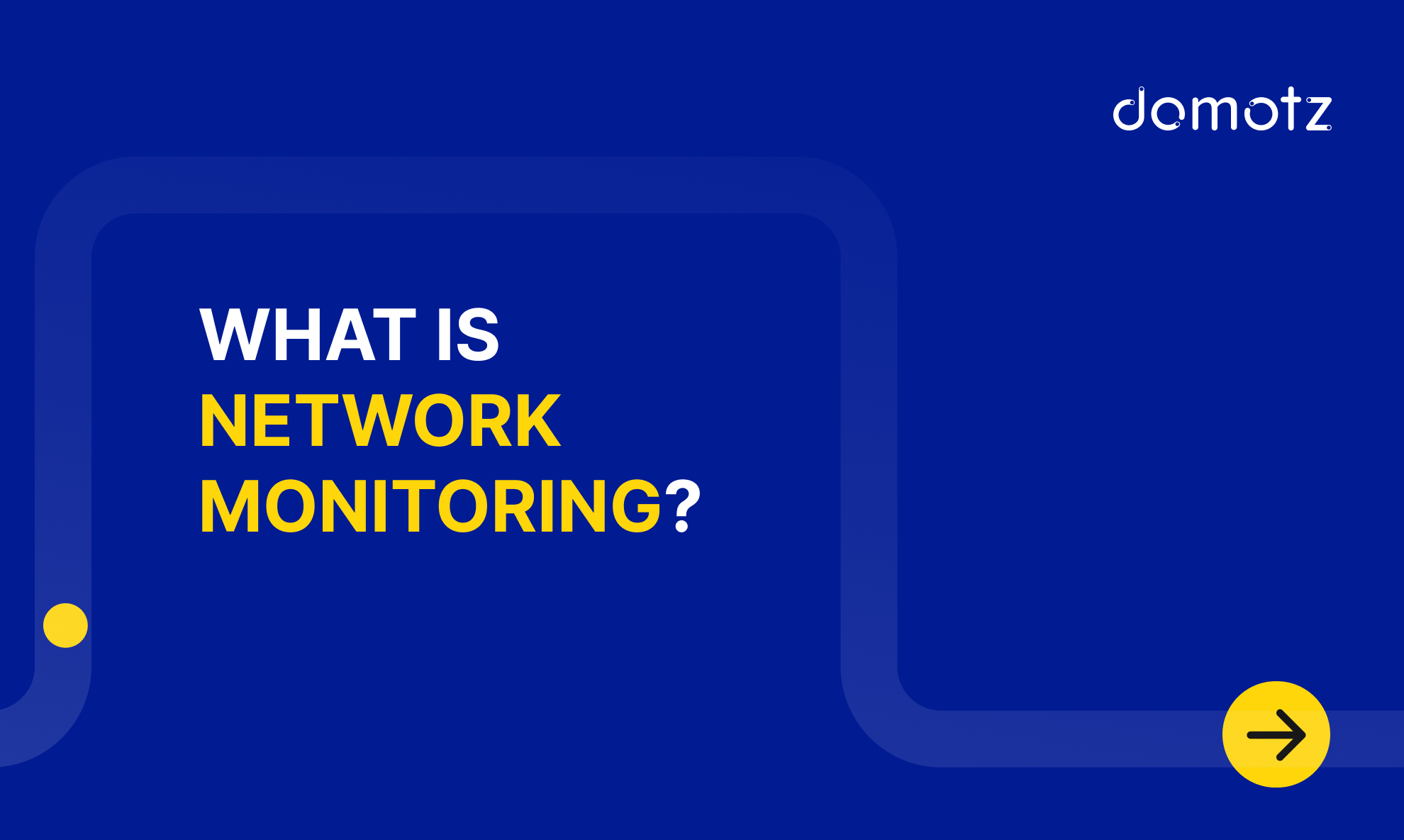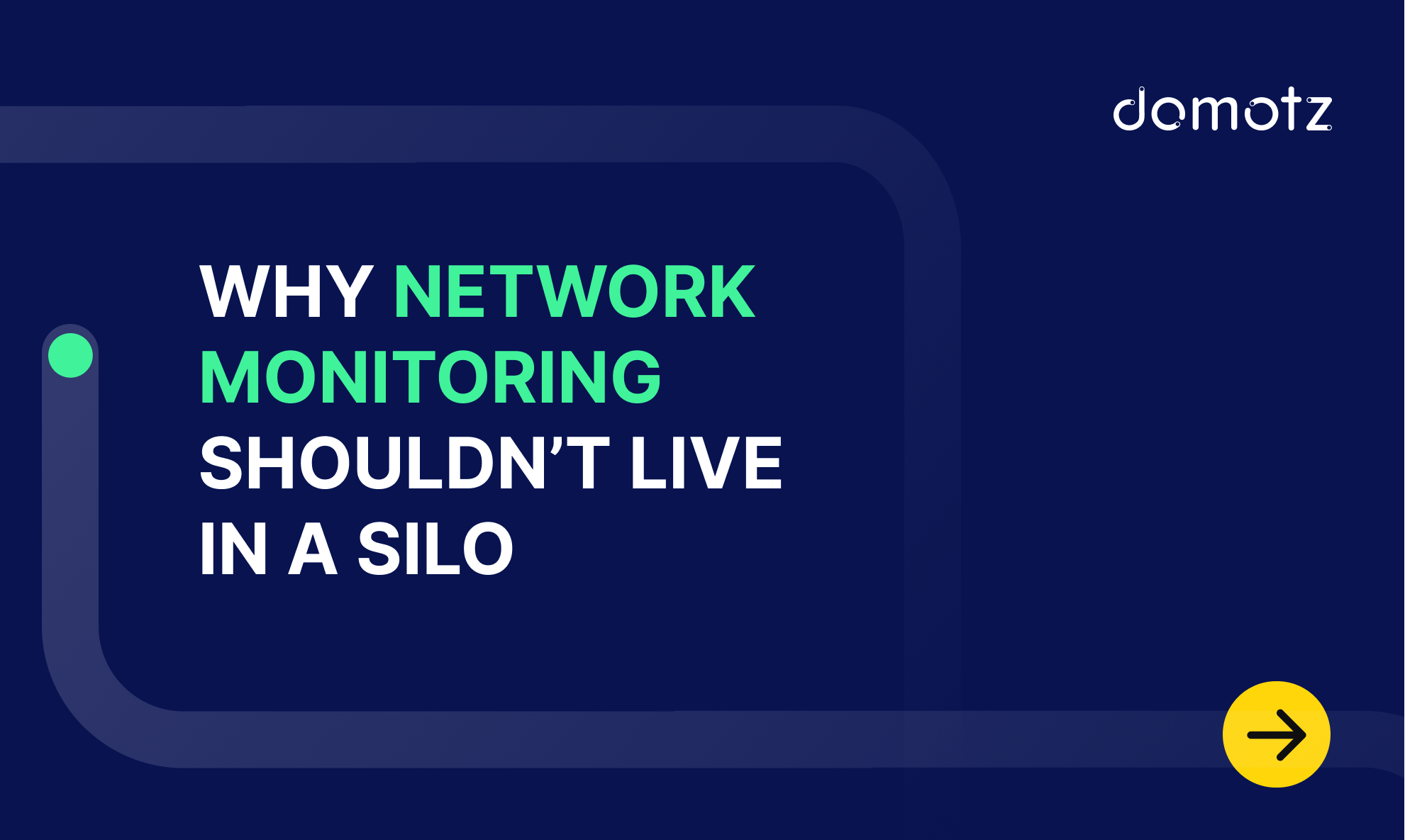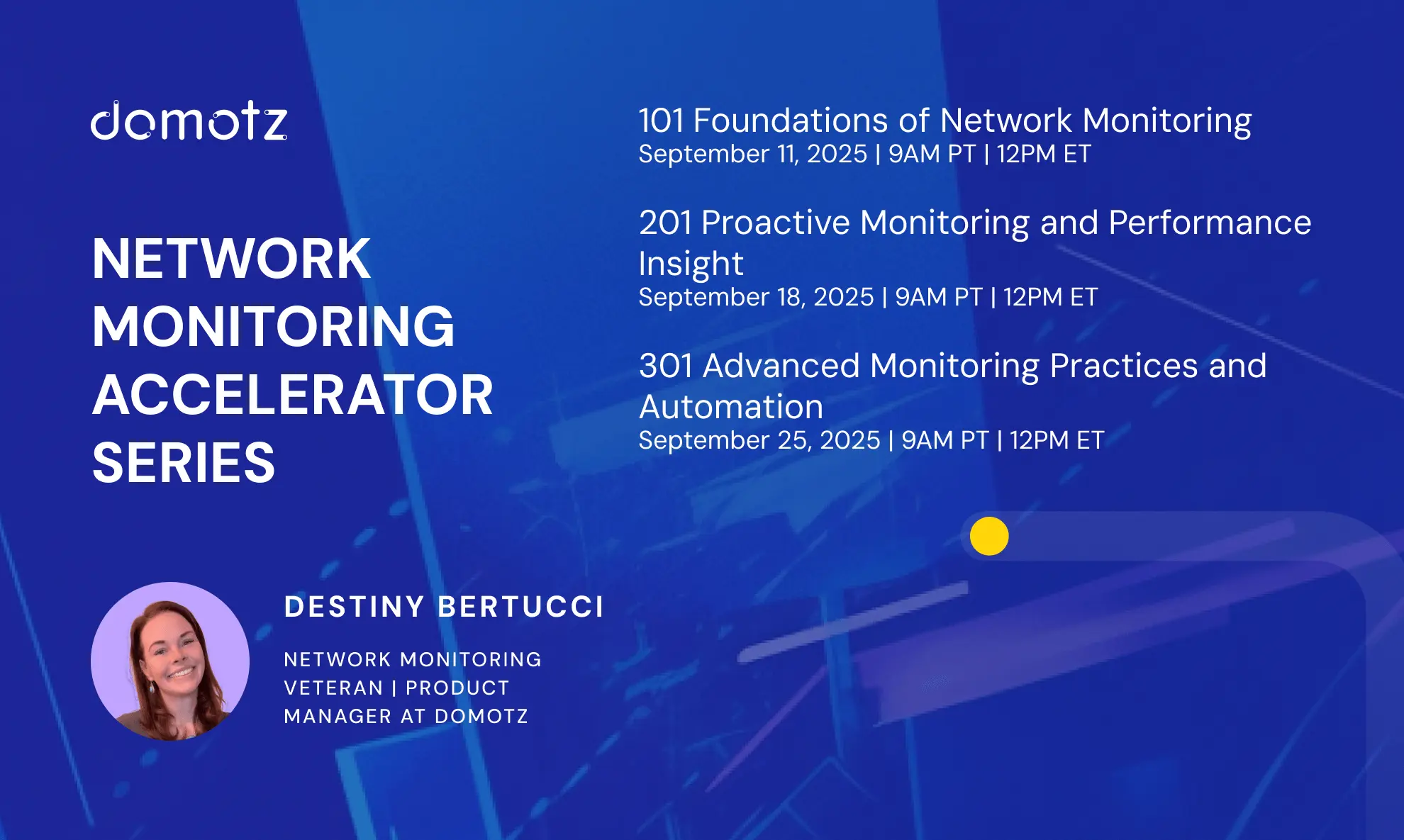“Remember that time is money.”
BENJAMIN FRANKLIN, 1748
MSP KPIs: Overview
Setting Key Performance Indicators (KPIs) as a Managed Service Provider (MSP). This article will explain how MSP KPIs can help with growth and the business and financial data points you should monitor and track.
We’ve all heard the saying that time is money, and money is time. This is especially true if you’re an MSP, and I’ll tell you why.
MSPs offer technology services to companies. Ok, but let’s consider why a company hires an MSP in the first place.
Firstly, MSP services are supposed to save a company money because they can forgo hiring an employee to take on a role.
Secondly, these services are supposed to be provided at a higher level of quality and with more flexibility and scalability.
As an MSP, you must pay close attention to how your employee resources are used. Additionally, the overall operational efficiency of your organization is critical too.
We’ve all heard the saying money = time. For MSPs, this is very true. The more time you can save, the more money you can earn.
At the same time, your customers want tangible results, whether you are wasting time or not.
In this article, we will focus more on the following:
1) MSP KPIs: The Framework and Approach
Time is money, and money is time. It’s a vicious cycle. How can we break it?
Here’s the approach you should be following:
- Firstly, manage how your employees spend their time better. Use automation and optimization to fuel this, for instance.
- Secondly, optimize your internal process.
- Thirdly, analyze the data.
The result?
Your customers get a better level of service, and they’ll be happier and more loyal.
Sounds easy, right? So why isn’t every business using this approach? Although we all know data analysis’s importance, many MSPs are falling short. Ultimately, many companies still rely on their feelings to drive strategies rather than data.
2) Becoming a Data-driven MSP
According to Gartner, 61% of organizations are evolving their data & analysis model tanks to AI technologies.
Nowadays, as an MSP, basing your decisions on the right KPIs can take your company from rags to riches.
When adopting best practices, first and foremost, you should focus on what can be measured. Additionally, you need to discover where the valuable information is that you can use to gain insight.
A data-driven approach will tell you how to invest your money and resources. Furthermore, you’ll be able to develop hypotheses about the expected results of your initiatives. By adopting a data-driven approach, you’ll eventually be able to take a step back and ask important questions.
For example, “what can I improve?”
To conclude, analyzing your data will allow you to improve your business and discover areas for expansion and growth.
3) What KPIs Should my MSP Measure?
Ok, so we’ve covered why being a data-driven MSP is essential. Now, let’s look at what KPIs you should actually measure.
Relevant KPIs for MSPs to track:
- Business KPIs: revenues and financial metrics
- Customer base management KPIs: customer service and project organization performance
- Network monitoring KPIs
The data you’ll need to track to measure these KPIs will come from external and internal sources. Ultimately, handling various data sources can be quite a mess. Additionally, use a managed analytics and reporting tool from the beginning.
When choosing a tool, compare them for their native data pipelines, integrations, and scalability rather than basing your decision on how nice they may look. Fundamentally, you want to look beyond the aesthetics of the tool you choose.
While setting things up, staying focused on the end goal is crucial. Ultimately, you want every team to have its own set of metrics to look at. Moreover, you don’t want anyone lost in the jungle of data.
4) MSP Business KPIs
Whether starting your MSP or an industry veteran, one of your top-level KPIs should be your MRR (Monthly Recurring Revenue). This metric indicates the sustainability of your business. Additionally, it provides a high-level overview of your company’s performance.
Keeping track of indicators like MRR, growth and churn rates, and your customer’s Lifetime Value (LTV) is essential.
Moreover, it will help you understand your organization’s health so you can make intelligent decisions and accurate forecasts. For example, you’ll be able to predict revenue and recurring subscriptions.
5) MSP Business and Financial KPI examples
| Churn Rate | Lifetime Value (LTV) |
| Tracking this can be a real wake-up call. If you see a growing trend of customers abandoning your service, you need to sit down and understand why it’s happening. Is it connected to your product features, pricing, or customer support? You need to find out why customers are leaving. | Understanding your customers’ average value over time will help you run a tighter ship. Use the LTV to set your marketing budget and your average acquisition cost. Set these numbers so that you will generate incremental revenue over some time. |
| Monthly Recurring Revenue (MRR) | Data Analysis |
| If you’re experiencing solid growth, it’s an excellent time to strengthen your business. Take a step back and optimize processes, increase margins, develop new services, and expand your reach. | Ultimately, data analysis is a critical factor for your company’s growth. Data helps you extract valuable insights, make data-driven decisions, anticipate positive trends, and identify potential issues. |
6) MSP KPIs: Network Monitoring
As an MSP, a core part of your service is monitoring and managing your clients’ networks.
One of the best practices for your Network Operations Centers (NOC) is to use a comprehensive network monitoring software (NMS) as the backbone of your service. A network monitoring solution will give you access to much data about your customer networks. Furthermore, you can use this to make relevant dashboards with NOC KPIs.
To hone in on your data-driven approach, choose a network monitoring tool with reporting features (e.g., monitoring dashboards) and the ability to export networks and device data (e.g., via API).
Remember that relevant data is a potent tool for self-promotion. If you are doing a great job at something, let your customers know about it.
Don’t be afraid to shout it out! Do send your customers reports about the KPIs you achieve. You’ll want to focus on what you’re doing well for them.
A few examples of excellent KPIs to show to your customers include:
- Network uptime and speed history
- Network inventory and important device statistics
- Average Time to Ticket Resolution
- Average First Response Time
- First Call Resolution
- Potential IT issues prevented
- Return on investment
Insider Tip: With features like monitoring dashboards, beautiful reports, Power BI integration, and the ability to export device data via API, Domotz network monitoring software is fully equipped with the features your MSP needs to use a data-driven approach.
Learn more about our network device monitoring and network topology diagramming features.
7) MSP KPIs: Customer Base Management
As an MSP, providing support is a core part of your business. This is why you should track customer service KPIs. Ultimately, they are a thermometer for the quality of your service. Furthermore, they are very connected to your customer retention metrics.
Studying customer satisfaction has many benefits. Firstly, it helps you optimize margins since it costs a lot to acquire a new customer. Secondly, if you keep track of customer satisfaction at the most granular level, you can leverage this to improve your brand reputation. Ultimately, you can ask satisfied customers for help writing reviews and spreading the word about your services.
Learn more about our tips on MSP profitability and service provider management.
8) KPI Glossary for MSPs
NOC KPI metrics
These metrics can help the NOC team to measure quality and spot areas for improvement.
- Network traffic KPIs: 95th percentile usage, packet drops, latency between selected endpoints, application availability
- Wireless KPIs: client volume, signal strength, signal interference
- Routing and switching KPIs: stability of neighbor connections and paths
- Supporting infrastructure KPIs: power, cooling, rack space, and backup monitoring
- Management KPIs: number of difficult tickets, mean time to repair, time to perform standard services, the status of network documentation, network equipment age, and refresh planning
MRR KPI metrics
This includes monthly revenues coming from recurring payments, like subscriptions. One-off payments should be excluded. Breaking down the MRR movement into its components gives information on how your revenues are changing.
- New business MRR: first-time revenue from newly converted customers
- Expansion MRR: any increase in the recurring payments from current customers
- Reactivation MRR: revenues coming at the moment when a previously churned customer moves back
- Contraction MRR: any decrease in the regular payments from existing customers
- Churn MRR: the last revenue from a customer who cancels all their subscriptions
Essential KPIs to monitor and track related to recurring revenue include:
- Average Revenue Per Account (ARPA): the average recurring revenue per customer, i.e., MRR in a period divided by the customer count in the same period
- Customer churn rate: the rate at which customers cancel their subscriptions, i.e., churned customers in a given period divided by the total customers at the start of the period.
- Customer Lifetime Values (CLV): An estimate of the average total value of a customer over their lifetime (since first payment to churn). There are different ways to calculate it: a simple one is the ARPA divided by the customer churn rate. Usually, CLV is used as a benchmark for the Customer Acquisition Cost (CAC), i.e., total costs to acquire new customers divided by the number of new customers. CAC must be remarkably lower than CLV to not virtually lose money acquiring new customers (CAC:CLV ≤ 1:3 is considered a good ratio).
- Customer and MRR cohort retention rates: the percentages of retained customers (i.e., not churned) and MRR increase period over period concerning the first period of payment
Customer service KPI Metrics
- Average First Response Time (FRT): average time between the first time the customer contacts support and the agent’s response. You can calculate this using the sum of total response times divided by all tickets.
- Average Time to Ticket Resolution (TTR): average time t from the first agent response to issue resolution. You can calculate this using the sum of all times to resolution divided by the total number of cases resolved.
- First Call Resolution (FCR): the percentage of tickets resolved with a single interaction
- Opening/Closing tickets rate: number of tickets opened/closed daily. If the net increase of open tickets is positive, it means that the customer base is growing too much or there is something wrong with the help desk work.
- Average tickets and help time per customer: helpful to understand how much to charge a customer
Learn more about the top MSP digital marketing tips and look at our social media holiday calendar explicitly designed for service providers.
Further reading:



